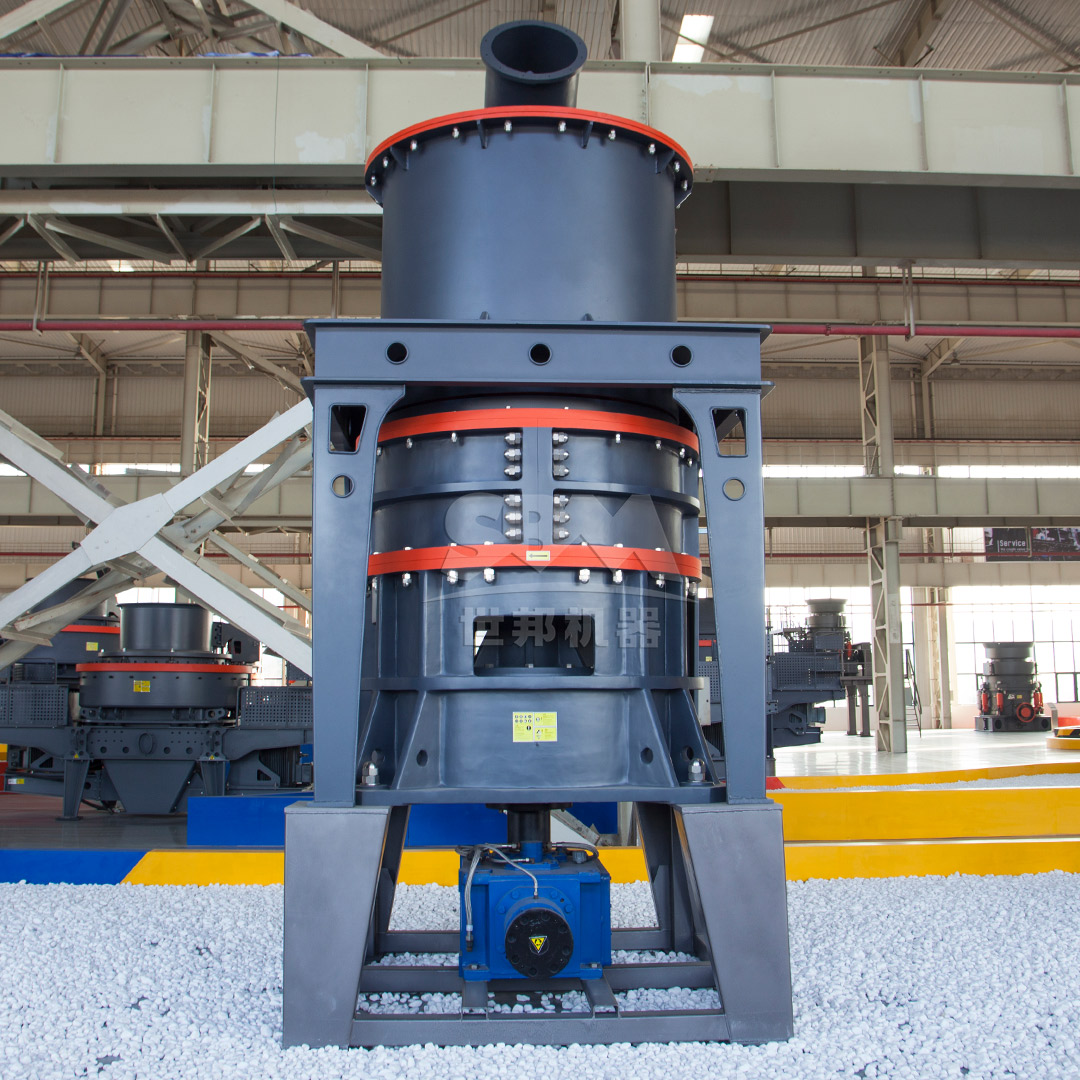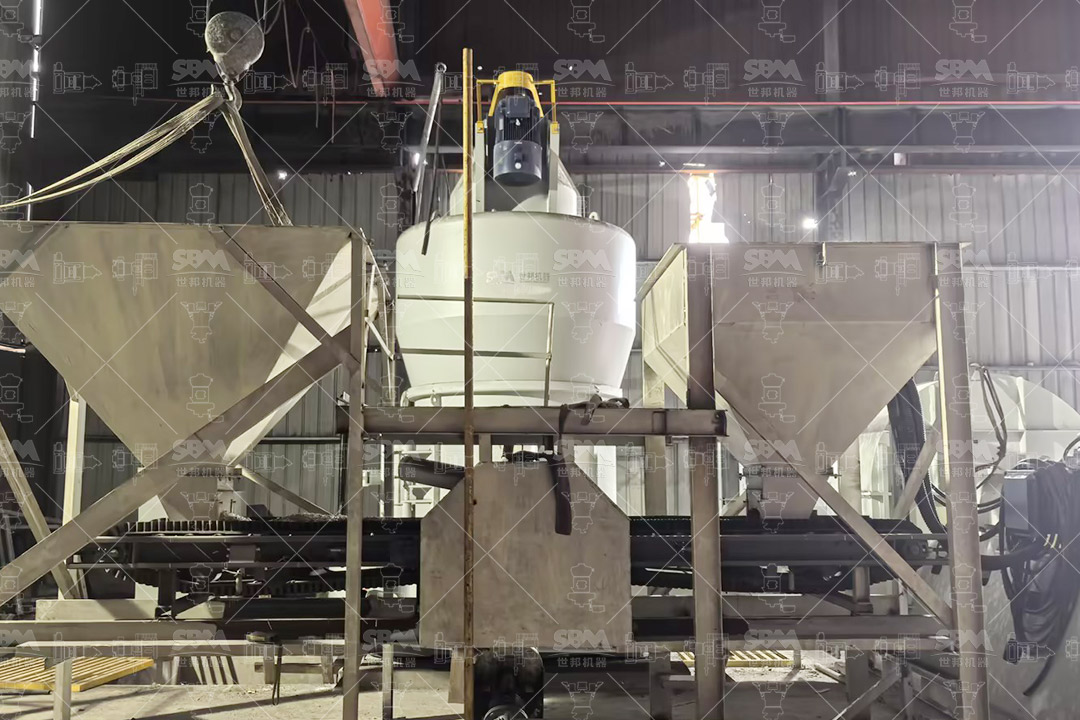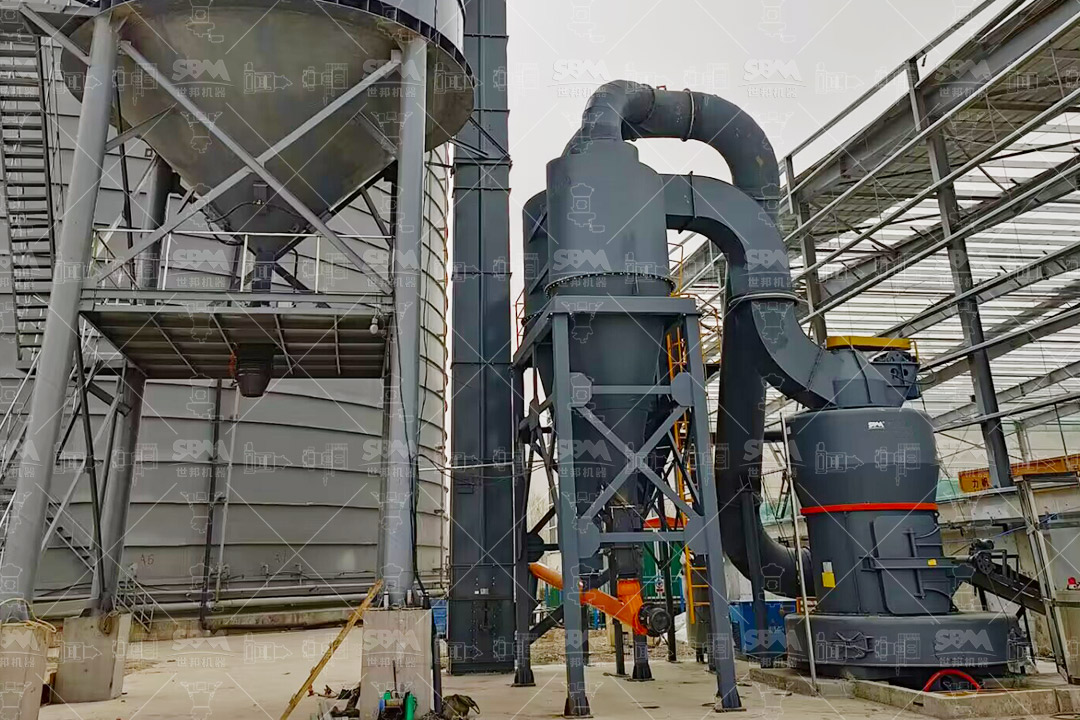High-temperature insulation bricks are essential components in various industrial applications, including furnaces, kilns, and reactors, where thermal stability and energy efficiency are paramount. The production of these bricks relies heavily on the quality of raw materials, particularly bauxite, which must be finely ground to achieve the desired properties. Selecting the appropriate grinding mill is crucial for optimizing particle size distribution, enhancing brick performance, and ensuring cost-effective production. This article provides a comprehensive guide to choosing the right bauxite grinding mill, with a focus on technical parameters, operational efficiency, and specific recommendations for high-temperature insulation brick manufacturing.
The fineness of ground bauxite directly impacts the density, strength, and thermal conductivity of insulation bricks. For high-temperature applications, a fine and uniform particle size distribution (e.g., 325–2500 mesh) is often required to ensure minimal porosity and maximum thermal resistance. Mills capable of producing ultra-fine powders, such as the SCM Ultrafine Mill, are ideal for achieving these specifications. With an output fineness of 325–2500 mesh (D97 ≤ 5μm), this mill ensures consistent particle size, which is critical for forming high-quality bricks.
Production scale dictates the required grinding capacity. For large-scale insulation brick manufacturing, high-throughput mills like the MTW Series Trapezium Mill (3–45 tons/hour) are recommended. Its robust design and efficient grinding mechanism allow for continuous operation without compromising on particle quality. Smaller operations may opt for mills with lower capacities, such as the SCM800 model (0.5–4.5 tons/hour), to match their production needs.
Grinding operations can be energy-intensive, contributing significantly to production costs. Energy-efficient mills, such as the SCM Ultrafine Mill, which reduces energy consumption by 30% compared to conventional air-jet mills, are advantageous. Features like intelligent control systems and optimized grinding chambers further enhance efficiency, making them suitable for sustainable brick production.
Bauxite’s abrasive nature necessitates mills with wear-resistant components. The SCM Ultrafine Mill incorporates special-material rollers and grinding rings, extending their service life and reducing downtime. Similarly, the MTW Series Trapezium Mill features anti-wear shovel blades and a curved air duct design, minimizing maintenance costs and ensuring long-term reliability.
Dust emissions and noise levels must comply with environmental regulations. Mills equipped with pulse dust collectors (e.g., efficiency exceeding international standards in the SCM Ultrafine Mill) and noise-reduction technologies (e.g., soundproof chambers with ≤75 dB) are essential for eco-friendly operations. The MTW Series also includes advanced dust removal systems, ensuring minimal environmental impact.
| Mill Type | Output Fineness | Capacity (tons/hour) | Energy Efficiency | Key Features |
|---|---|---|---|---|
| SCM Ultrafine Mill | 325–2500 mesh | 0.5–25 | 30% energy saving | High-precision grading, eco-friendly |
| MTW Trapezium Mill | 30–325 mesh | 3–45 | High transmission efficiency | Anti-wear design, curved air duct |
| LM Vertical Roller Mill | 30–325 mesh | 3–250 | 30–40% energy saving | Compact design, low operating cost |
For high-temperature insulation brick production, the SCM Series Ultrafine Mill stands out due to its ability to achieve ultra-fine bauxite powders (325–2500 mesh). This mill is particularly suitable for applications requiring precise particle size control, such as enhancing the thermal insulation properties of bricks. Key advantages include:
For instance, the SCM1000 model (1.0–8.5 tons/hour, 132 kW) is ideal for medium to large-scale brick production, balancing capacity and fineness requirements.

When processing bauxite for insulation bricks with slightly coarser fineness requirements (30–325 mesh), the MTW Series Trapezium Mill offers a reliable solution. Its trapezoidal grinding chamber and anti-wear components make it suitable for high-volume production. Notable features include:
This mill is especially beneficial for brick manufacturers prioritizing throughput and operational cost savings.

To maximize the efficiency of bauxite grinding mills, consider the following practices:
Implement dust collection systems, such as pulse dust removers in the MTW Series, to keep workplace dust levels below 20 mg/m³. Additionally, ensure mills operate within noise limits (e.g., ≤80 dB for the LM Series) to protect worker health.

Selecting the right bauxite grinding mill is pivotal for producing high-temperature insulation bricks that meet stringent quality standards. Factors such as particle fineness, capacity, energy efficiency, and environmental impact must be carefully evaluated. The SCM Series Ultrafine Mill and MTW Series Trapezium Mill are highly recommended for their precision, durability, and adaptability to bauxite processing. By integrating these mills into your production line and adhering to operational best practices, you can achieve optimal brick performance while minimizing costs and environmental footprint. For tailored solutions, consult with grinding experts to match mill specifications to your specific bauxite and brick production requirements.